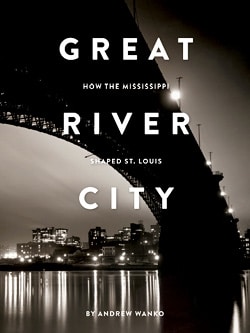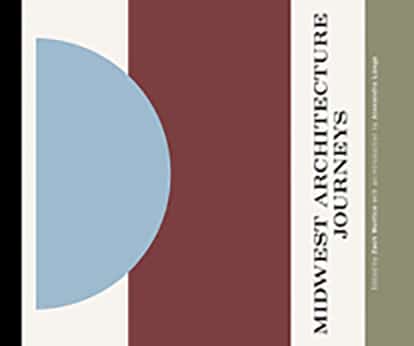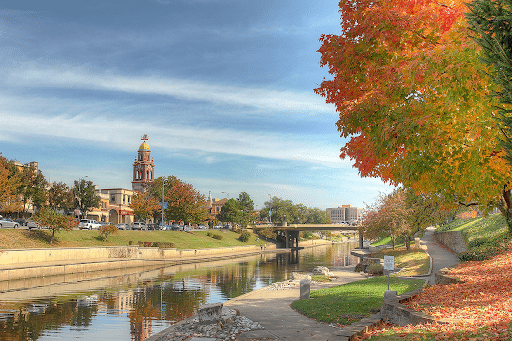Those of us living inside the innermost Venn Diagram circle between history enthusiast, art appreciator, and coffee-table book lover are used to getting our needs met one or two at a time, but Andrew Wanko’s new book Great River City: How the Mississippi River Shaped St. Louis scores a rare trifecta.
The first thing you’ll notice about this book is how massive it is. The book, published by the Missouri Historical Society, comes in a large format that gives the art printed on its pages lots of space to catch the reader’s eye.
Early on, Wanko declares “Without the Mississippi River there would be no St. Louis.” This book illustrates that fact, but what’s really interesting is how it tells the story of the river’s place in St. Louis history after the city was founded.
The book traces the past in chronological order, beginning with the once densely populated mound city we know today as Cahokia and ending with the renovation of Gateway Arch. Over time, we see the riverfront transform from a bustling port to a ramshackle Hooverville, then to a national park.
Great River City also does a commendable job including multiple viewpoints, sometimes juxtaposing them on the same page. Around 1840, the book shows the picturesque views of the city John Casper Wild committed to canvas alongside the account Charles Dickens gave of his 1842 visit to the city, which prompted him to compare St. Louis unfavorably to Cincinnati and describe the Mississippi River as “liquid mud.” Dickens can keep Cincinnati—several pages later Walt Whitman is quoted describing the Eads Bridge as “a structure of perfection and beauty unsurpassable.”
Like Whitman, this book contains multitudes, but suffice it to say that we recommend picking up a copy, and we’re pleased to add it to our own library.
Related Posts
Book Review: Midwest Architecture Journeys
A new title from Belt Publishing explores the architecture of the region.
Book Review: Prairie Wildflowers
Prairie Wildflowers provides a companion on journeys through Missouri’s grasslands and beyond.
How We Do Kansas City
Get in on what we’ve known all along. Kansas City is a city of champions.




